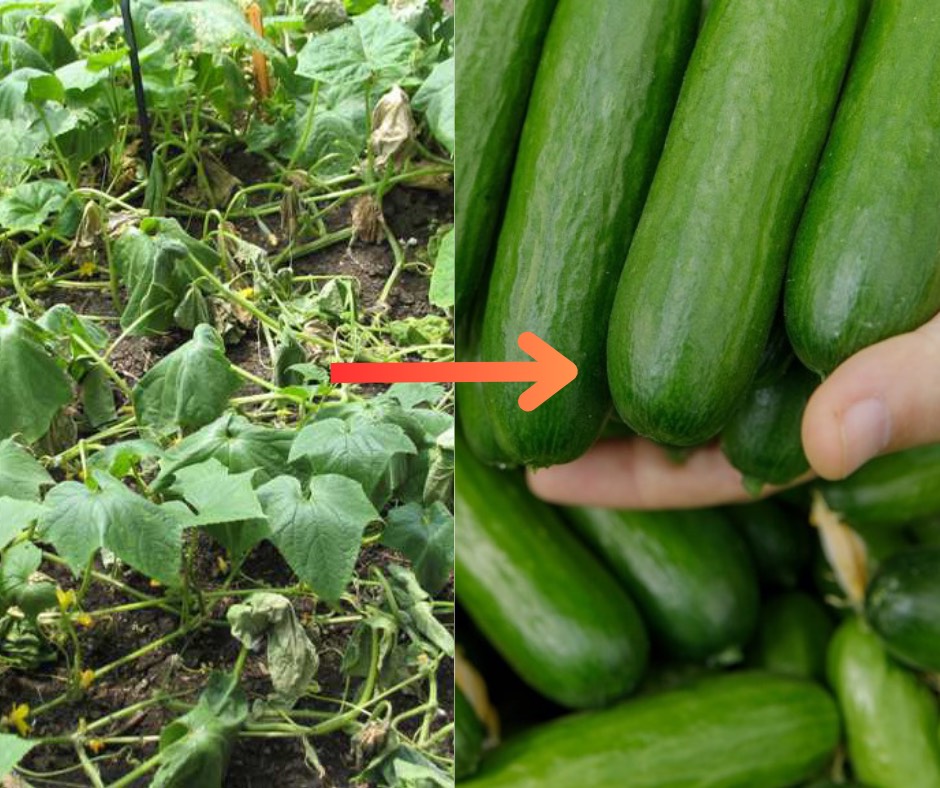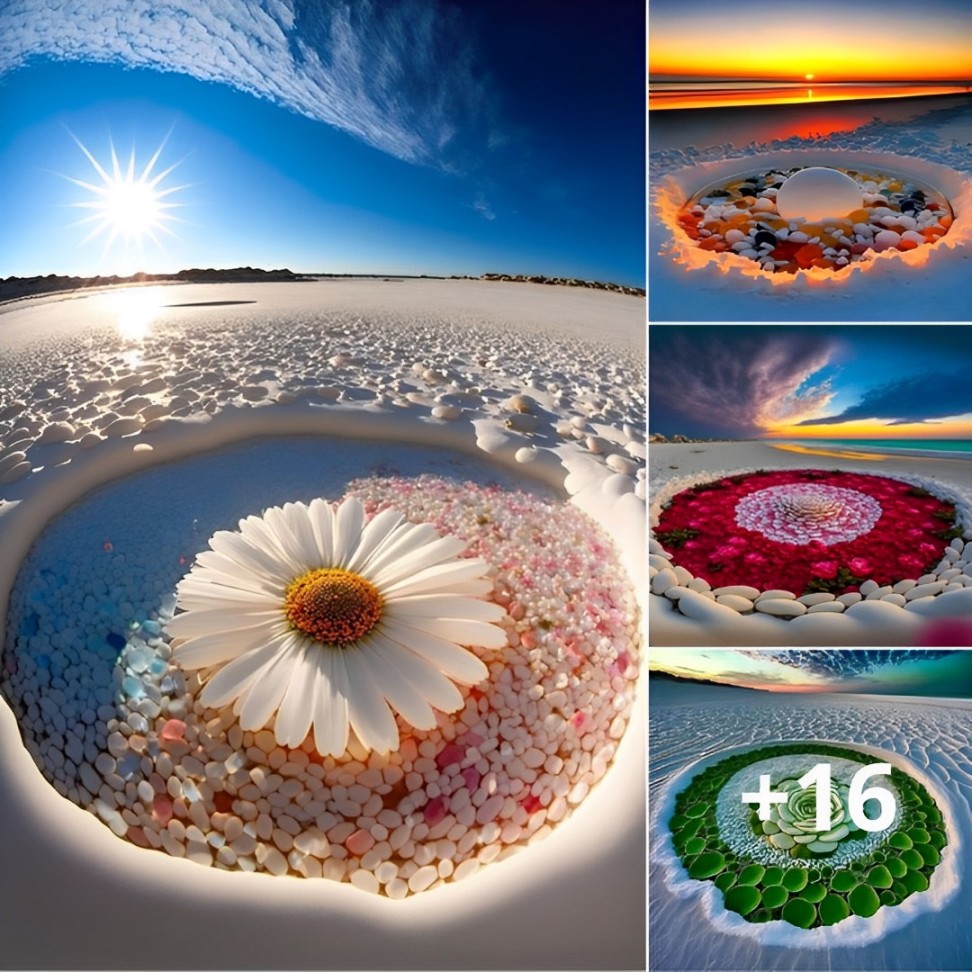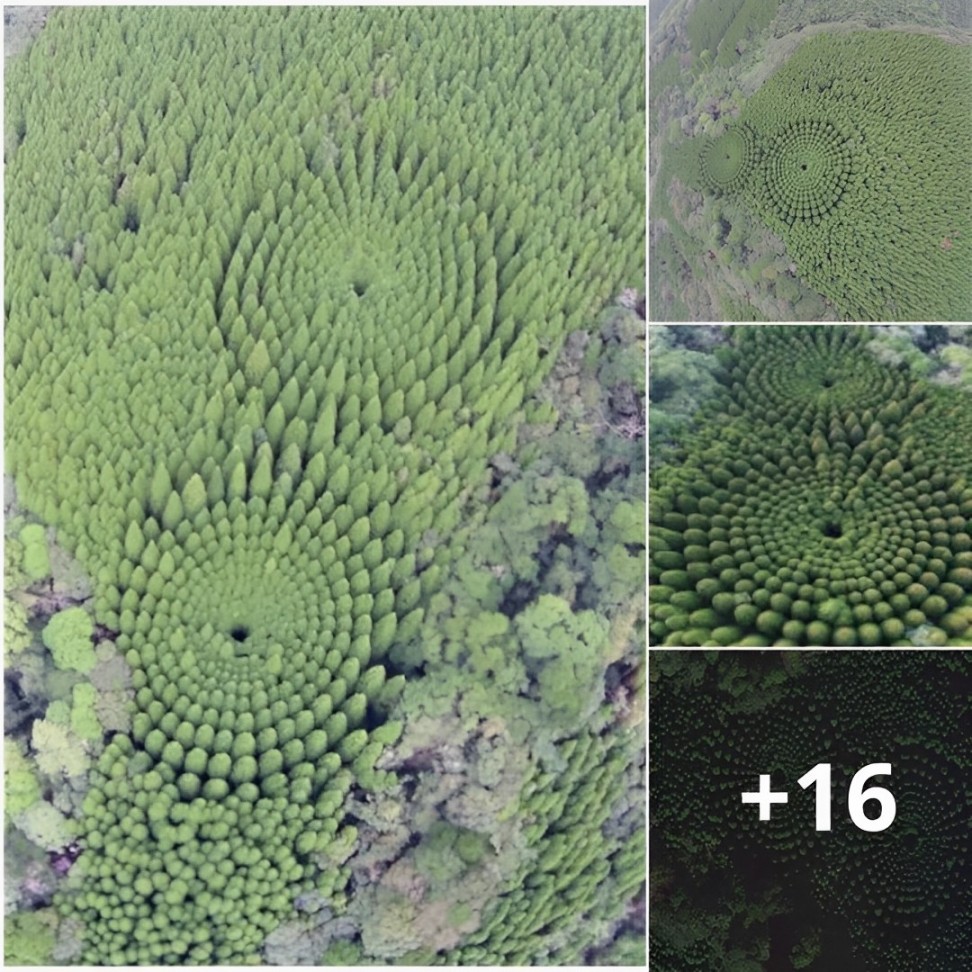A once-in-a-lifetime opportunity well used.
 The incredibly rare yellow penguin was spotted on the remote, sub-Antarctic archipelago of South Georgia. Photo: Yves Adams
The incredibly rare yellow penguin was spotted on the remote, sub-Antarctic archipelago of South Georgia. Photo: Yves Adams
If you thought all penguins were black and white, this will definitely take you by surprise – like a burst of yellow in a gray sky. In an incredibly rare and lucky instance, an entirely yellow penguin has been photographed for the first time by Belgian wildlife photographer Yves Adams, who spotted the unusual bird on a remote island in South Georgia, near Antarctica.
Yves Adams was on a two-month photography expedition when he noticed something different among the colony of 120,000 king penguins. While most of them had the typical black and white feathers with a touch of yellow on their necks, one of them had a bright yellow plumage and cream-colored feet.
 The yellow penguin is believed to have a condition called leucism, which causes a partial loss of melanin. Photo: Yves Adams
The yellow penguin is believed to have a condition called leucism, which causes a partial loss of melanin. Photo: Yves Adams
The incredibly rare opportunity occurred when the expedition had just landed their boat, Zodiac, on an island in South Georgia – a vast, beautiful, but very unwelcoming region in the southern Atlantic Ocean.
“As I was unloading tents, rations and safety gear from the Zodiac (storm-preparedness is always required, as it can get you stuck on the plain for days), I was very aware of the many animals around me and all the penguins that were swimming in the surf,” Adams wrote on his blog. “That’s when, all of a sudden, I noticed a bright yellow penguin approaching us through the waves.”
“I immediately dropped my bags to get my binoculars and camera out. Being a juvenile, this penguin was very curious and decided to approach me rather than swim away. That’s how I got a window of 2 to 3 minutes to take these incredible, once-in-a-lifetime shots before it wandered off and disappeared into the colony.”
 Standing out between 120,000 other king penguins, the yellow penguin is sure to attract attention wherever it goes. Photo: Yves Adams
Standing out between 120,000 other king penguins, the yellow penguin is sure to attract attention wherever it goes. Photo: Yves Adams
The yellow penguin is believed to have a condition called leucism, which causes a partial loss of melanin, the pigment that gives color to the skin, hair, and feathers. Unlike albinism, which affects the entire body, leucism can affect only some parts of the body, resulting in patches of white or pale coloration.
“This penguin is leucistic – or ‘ino’, to be more specific. Counter to albinism, the condition causes only a partial loss of pigmentation, leaving the feathers and eyes with very little melanine. While seeing a leucistic penguin is already rare, they are usually white or patchily coloured,” Adams explained. “With this little fellow, the strong loss of melanine allows the yellow pigmentation in the black feathers to become visible, making it look yellow and creamy and matching the pigmentation of its neck and head.
“The result is a real-life, tropical-looking yellow penguin, standing out between 120,000 other penguins on the bay and between the estimated 4,4 million king penguins on the planet. A real survivor with many challenges ahead, as it’s sure to attract attention wherever it goes.”
 The yellow penguin appears to be an integral part of the local king penguin population, but it is not clear how it would fare in the mating game. Photo: Yves Adams
The yellow penguin appears to be an integral part of the local king penguin population, but it is not clear how it would fare in the mating game. Photo: Yves Adams
Leucism is rare in penguins, and even rarer in king penguins, which are the second-largest penguin species after emperor penguins. King penguins usually have black backs and white bellies, with orange patches on their ears and lower necks. Their yellow pigment is not derived from their diet, but from a chemical reaction that produces a unique compound.
The yellow pigment is used to attract mates, as it signals good health and genetic quality. However, it is not clear how the yellow penguin would fare in the mating game, as it might stand out too much or be rejected by its peers.
 The odds of taking these photos were one in a million. Photo: Yves Adams
The odds of taking these photos were one in a million. Photo: Yves Adams
“So yes, yellow penguins exist!” Adams wrote, adding that he was thrilled to witness and document such a rare sight. “But no, there’s no yellow penguin-tour in the making. The odds of ever seeing an individual like this again are one in a million.”





